By Margo C. Pope
St. Augustine’s veneration of Our Lady of La Leche ─ Nuestra Senora de La Leche y Buen Parto ─ is almost as old as the city having been brought to St. Augustine in 1620, 55 years after the city’s founding by the Spanish. It continues today in the historic chapel of the Shrine of Our Lady of La Leche.

It is a veneration that goes back centuries in the Catholic Church as hundreds of thousands of Catholic couples, even today, seeks the intercession of Mary, the Mother of God, for the safe delivery of a child into their family.
Thursday evening, at the invitation of Bishop Felipe J. Estévez, head of the Diocese of St. Augustine, Miguel Bretos, Ph.D., told the history of Our Lady of La Leche at Flagler College’s Lewis Auditorium including the mystery of the second image of Our Lady of La Leche, formally known as Nuestra Senora de La Leche y Buen Parto (Our Lady of the Milk and Good Delivery). Bretos’ talk, because of his affliction as he said for 16 years of Parkinson’s Disease, was given by Father Tom Willis, rector of the Cathedral Basilica of Saint Augustine. The talk was sponsored by the Diocese of St. Augustine, Cathedral Parish, and Flagler College.
Dr. Bretos is a retired Smithsonian scholar and religious historian, from Matanzas, Cuba, also the native home of Bishop Estévez. He lives in Miami and continues to research and develop exhibits and presentations on Catholic shrines in the Americas.
While Bretos’ asserted that St. Augustine’s Marian “cultus” is the oldest in the United States, it is not continuous because of the interruption of the British occupation, 1763-64 to 1784, of Florida. (The entire Catholic presence also left Florida with many of the records going to Cuba along with sacred items for worship, including venerated images such as Our Lady of La Leche. This all came about because of the Treaty of Paris of 1763 that gave Spanish Florida to Great Britain in exchange for Havana and Cuba.)
And therein the story of Our Lady of La Leche unfolded by Bretos.

In actuality, there are four known images connected to St. Augustine, he said. But the story of only three of them can be told with certainty. He referred to them as the First St. Augustine Madonna, destroyed by the British using it for “shooting practice” in a raid in 1703; the Second St. Augustine Madonna made after the destruction of the first and removed in 1763-64 when the Spanish left; the Third St. Augustine Madonna, a seated image enshrined at St. Augustine today, and a Fourth Madonna, which Bretos said is a copy of the one that went to Cuba, and later went to Campeche, Mexico where it is enshrined today in the Cathedral of Campeche. Speculation on that one, which he describes as a “true portrait” or copy of the Second Madonna, is that it went to Campeche with 39 former St. Augustinians who resettled there.
Bretos suggests that the painting in Campeche be brought to St. Augustine for a limited viewing as an exhibit with a portion of the original St. Augustine church records as a 450th anniversary exhibit. That would require an agreement between the bishops in Mexico and St. Augustine, and financial support.
His hope, however, is that his search for the Second Madonna, that was venerated in Cuba in the 18th and 19th century will be found and retuned to St. Augustine where it belongs. In his presentation, Bretos is specific about finding this image.
“Professor Rivero-Cabrera and I are pursuing some very promising leads as to the further whereabouts of the image.
“Of course, one has to be very guardedly optimistic at best about finding it. The ransacking of Cuba’s artistic patrimony has been severe in the upheavals of the past half century. The holy image of Our Lady of Milk could be anywhere, having left the country at any time in one of the many sales of objects of art and virtue staged by the Castro government in Canada and Europe over the years.
“That is, if no one has taken it to practice shooting, as it happened to its predecessor.
How close are they to finding the Second St. Augustine Madonna? Dr. Bretos said we are “hot on the trail.”
